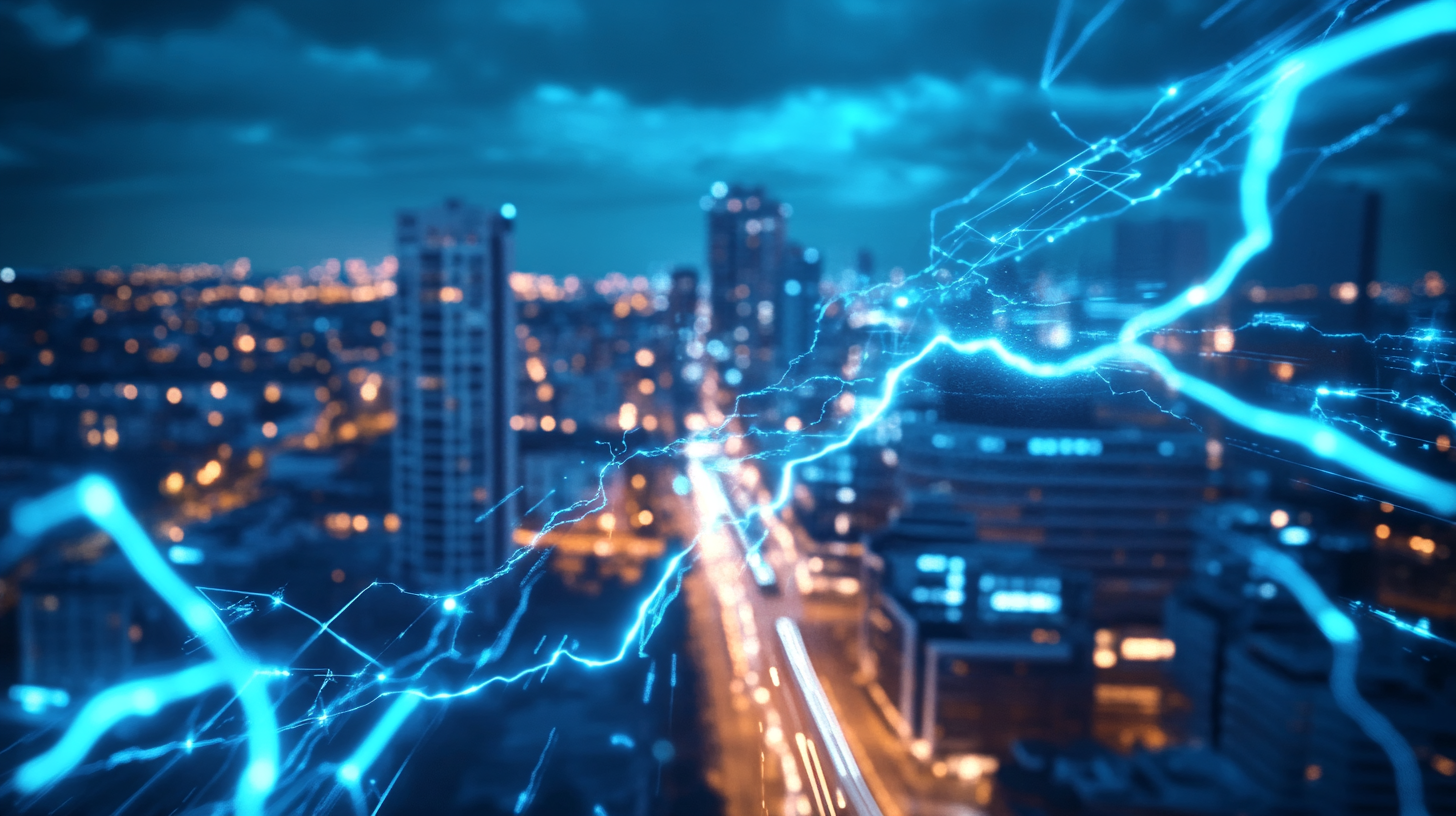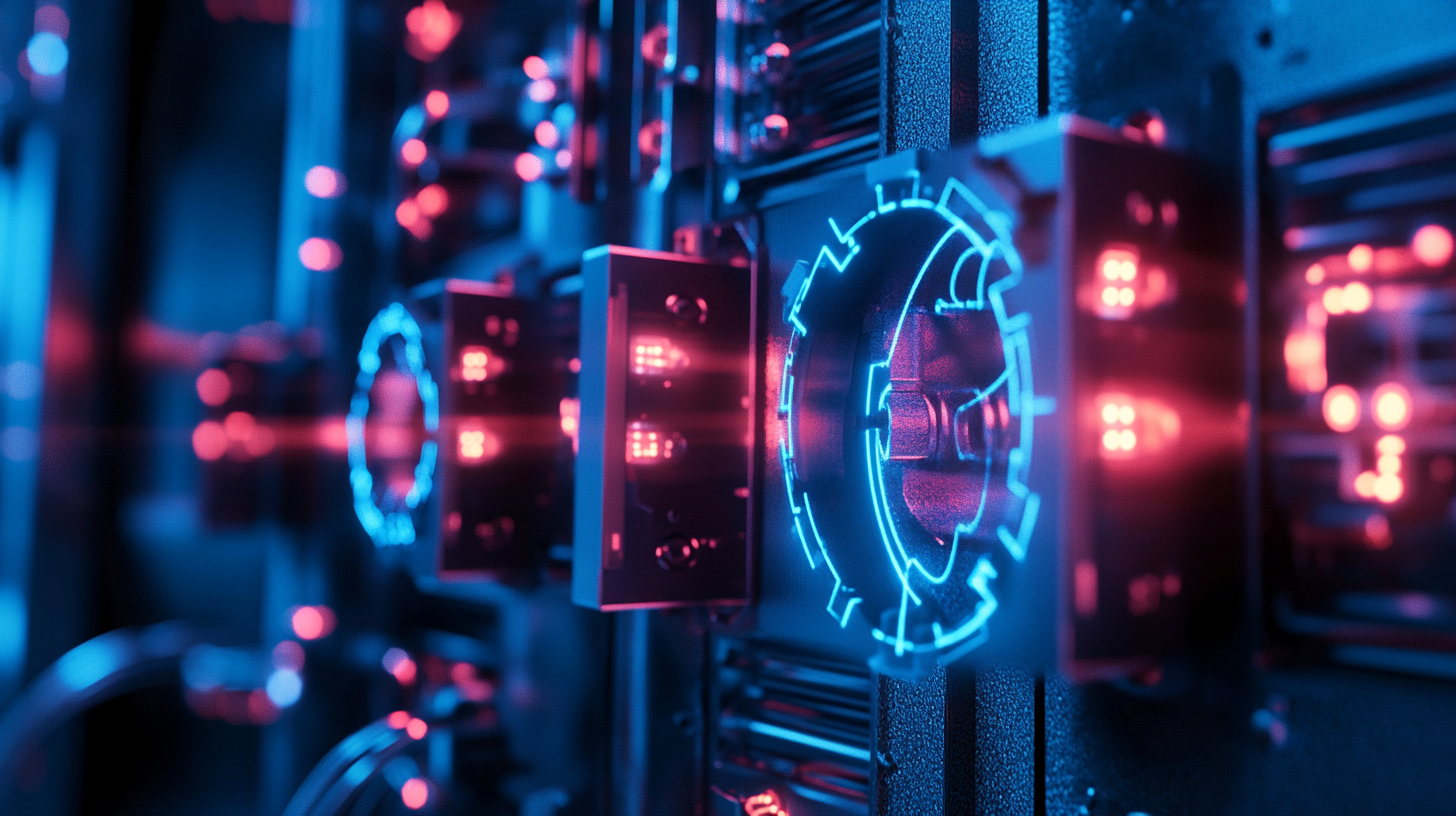
2025 Global Trends in Best DC Surge Protective Devices for Smart Industries
As industries increasingly embrace smart technologies, the need for robust electrical protection is paramount. The 2025 Global Trends report indicates a significant rise in the implementation of DC Surge Protective Devices (SPDs) to safeguard critical systems from voltage spikes. According to a study by Research and Markets, the global surge protective devices market is projected to grow at a CAGR of 7.4% from 2020 to 2025, driven by advancements in renewable energy and electric vehicle sectors. This growth aligns with the expanding reliance on sensitive electronic equipment in smart industries, where unprotected devices can suffer irreparable damage from transient overvoltages. Therefore, exploring alternative types of DC Surge Protective Devices has become essential to ensure the longevity and reliability of industrial systems, making them a focal point in the upcoming trends that will shape the future of smart industries.

Understanding the Importance of Surge Protection in Smart Industries
In the rapidly evolving landscape of smart industries, the significance of surge protection cannot be overstated. According to a report by the International Electrotechnical Commission (IEC), electrical surges can reach up to thousands of volts, posing a serious threat to sensitive electronic equipment. This risk is heightened in smart manufacturing plants where interconnected devices, such as IoT sensors and automation systems, are prevalent. A study from the Electrical Safety Foundation International (ESFI) indicates that over 30% of equipment damage in industrial settings is attributed to power surges, underscoring the critical need for robust surge protective devices (SPDs).

As we progress towards 2025, implementing advanced DC surge protective devices becomes imperative for mitigating operational risks. Smart industries are projected to experience a 17% increase in electrical device usage over the next few years, driving the demand for effective surge protection solutions. An industry analysis by MarketsandMarkets highlights that the global surge protection market is expected to reach $2.7 billion by 2025. With this growth, integrating SPDs specifically designed for DC systems will be crucial to safeguard assets and ensure uninterrupted operations, thereby enhancing overall productivity and reliability in smart industrial environments.
Key Features to Look for in DC Surge Protective Devices
When selecting DC surge protective devices (SPDs) for smart industries, it's crucial to focus on key features that ensure maximum protection and efficiency.
One of the primary features to consider is the voltage rating of the device, which must align with the operational requirements of your systems. A properly rated SPD will provide a reliable defense against surges that can cause significant damage to sensitive electronic equipment.
Tips: Always verify the manufacturer's specifications to ensure that the voltage rating matches your system’s needs. Consider investing in devices with a higher voltage rating than necessary to accommodate unexpected spikes.
Another important feature to look for is response time. Devices with faster response times will divert surges more effectively, minimizing the risk of damage to connected equipment. It's advisable to choose SPDs with stringent installation requirements to guarantee optimal performance.
Tips: Research and choose SPDs that feature a low clamping voltage, as this indicates the device will activate more quickly during a surge event, thus providing better protection for your equipment.
Evaluating Manufacturer Credentials and Reliability
When selecting surge protective devices (SPDs) for smart industries, evaluating manufacturer credentials and reliability is paramount. A recent report by the Electric Power Research Institute (EPRI) indicates that improper selection of SPDs can lead to equipment failures costing industries upwards of $40 billion annually. Hence, relying on manufacturers with established industry credentials and a track record of reliability can significantly mitigate these risks.
One crucial aspect to consider is the certifications that manufacturers hold. For instance, products certified by Underwriters Laboratories (UL) often demonstrate adherence to strict safety and performance standards. Additionally, ISO 9001 certification can indicate a commitment to quality management. It's advisable to request documentation of these certifications and to verify the manufacturer's historical performance and customer reviews.
**Tips:** Always check for warranties and service agreements that can cover potential equipment failures. Ensuring that the manufacturer has a good support system in place can make a significant difference when issues arise. Furthermore, consider selecting manufacturers who offer ongoing training and support, reinforcing the reliability of both the devices and the partnership.

Comparative Analysis: Top Manufacturers in the Market
When evaluating the best DC surge protective devices (SPDs) for smart industries in 2025, a comparative analysis of top manufacturers reveals significant differences in technology, performance, and reliability. Key players in the market are increasingly focusing on advanced materials and smart features that enhance functionality. Companies like Schneider Electric and Eaton are leading the way with innovative designs that can be integrated seamlessly into smart grids and renewable energy systems.
One critical tip for industries selecting SPDs is to assess the surge protection rating—typically measured in kiloamperes (kA). Devices that offer higher ratings tend to provide better protection against large surges, making them ideal for environments with fluctuating power levels or those prone to lightning strikes. Additionally, it is essential to consider the device’s response time, as a faster response can mean the difference between a safeguarded system and costly damages.
Another consideration is the manufacturer’s reputation and after-sales support. Trustworthy brands not only provide high-quality products but also offer robust warranties and responsive customer service. Companies like ABB and Siemens have established strong reputations backed by extensive testing and proven performance records, making them reliable choices for businesses investing in surge protection for their smart infrastructure.
Future Trends to Watch in Surge Protection Technology for 2025
As industries continue to evolve towards smarter operations, the need for advanced surge protection technology becomes increasingly critical. In 2025, we are likely to see significant advancements in surge protective devices (SPDs) designed to cater to the unique demands of smart industries. These devices will not only provide efficient protection against electrical surges but will also integrate seamlessly into existing systems, allowing for real-time monitoring and enhanced safety.
One of the most notable trends will be the incorporation of IoT capabilities into surge protective devices. This connectivity will enable proactive maintenance, with SPDs communicating their status and performance metrics directly to facility managers. Additionally, the use of AI and machine learning will help in predicting potential surge events, equipping industries with the necessary tools to mitigate risks before they manifest into costly damages. By 2025, we can expect these innovations to redefine standard practices in surge protection, ultimately leading to more resilient and reliable industrial operations.
